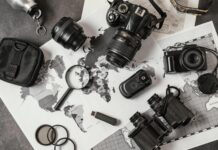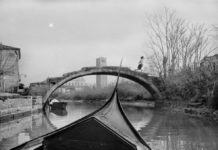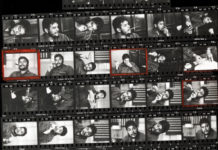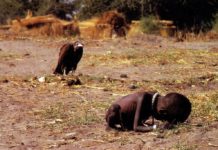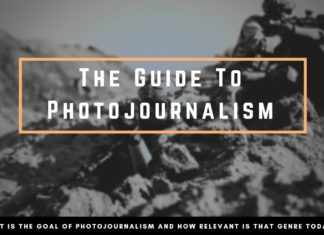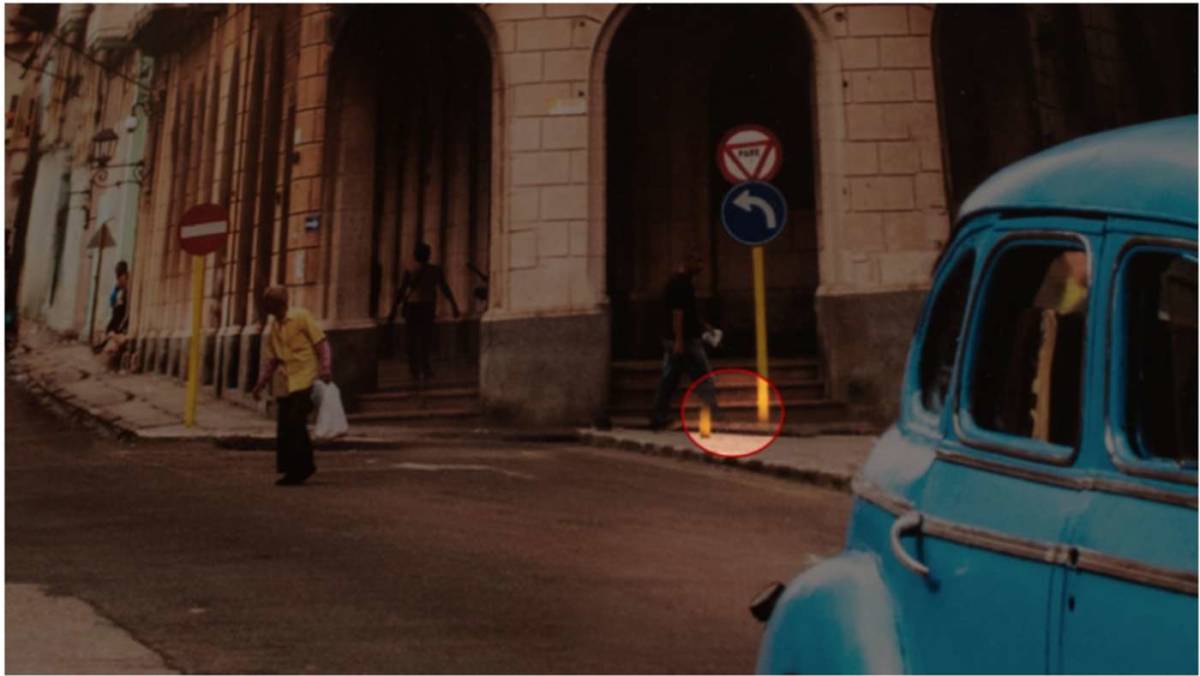Are You interested in telling stories with Your photographs and either want to report on local news or even more interested to travel the world? Then becoming a photojournalist may be a viable career option for You. But what is a photojournalist exactly and what are his tasks? What is the mission that a photojournalist is on?

Description of a Photojournalist
In the public eye, a photojournalist is often seen as a photographer who travels to conflict zones to take photographs and show the world the situation from his perspective. The viewer trusts the photojournalist, that his view is rather unbiased and that his job is only to document what is happening. To tell the stories of the people that are still at the location and may be suffering.
Due to the stigma of conflict zone reporters, it is widely believed, that a photojournalist is often faced with the suffering of humanity too. But that description would be too narrow for a photojournalist.
Of course, there are photojournalists covering wars and conflicts. There are also a lot of photojournalists covering the general suffering of people, but a photojournalist is not limited to these topics.
The basic description of a photojournalist would be to tell stories.
He is a person, who tells stories, specifically through photographs. By taking pictures, editing them and arranging them in the order, to tell his stories.
There aren’t any limitations to the topics of the stories he can tell. War and suffering are just the most emotional topics and what could there be more meaningful than the extremes of life and death itself?
But there are also other photojournalism topics that are worth covering.
There are more and more photojournalists that are covering the environment, or nature. Showing not only the negative impact that humans can have but also the beauty that is still there.
Then there are also photojournalists that follow athletes on their way to competitions. Detailing how they prepare, what their training routine is like and what it means to compete on the highest level.
The world is full of stories that are worth telling and a photojournalist is out there to capture them.
You can be a photojournalist too, by engaging in stories of Your community for example. Following interesting people or organizations and documenting their work.

Tasks of a Photojournalist
More than half of all photojournalists are self-employed. If You think that a photojournalist is only a photographer who spends his time taking photographs and can let others do the rest, then this may only be true for some exceptional photojournalists, that have worked very hard to reach that status.
On the other hand, the photojournalist is a storyteller. There is more in telling a story through photographs, than taking them. Arranging the series and selecting the photographs can widely change the narrative of a story.
The main tasks of a photojournalist are to take photographs, selecting the pictures that should be part of the project and post-process them. These are the tasks that are directly influencing the story.
If the photojournalist is working on an assignment by a newspaper or agency, there may also be other editors supporting the photographer.
Although these are the main tasks of a photojournalist and probably the duties that are the reason some becomes a photojournalist, there are a lot of other duties he still has to fulfill.
First of all, You shouldn’t disregard the business side of being self-employed. Running a business can be a time consuming and challenging task by itself. A self-employed photojournalist has to take care of the finances, taxes, and marketing of his one-man show.
Especially with the Internet shaking things up, a photojournalist can also benefit from engaging in Social Media and investing in his own website. Without the financial resources to hire professional agencies to support him, he has to make sure himself, that all his web-presences are up-to-date and at a good quality level. They are the first address for clients to hire his services and if the website is lacking in design or quality overall, clients might worry if his photojournalistic work is sub-par too.
A photojournalist might also be responsible for the lighting in a studio setup in case that there are studio photographs needed to tell the complete story.
Skills of a Photojournalist
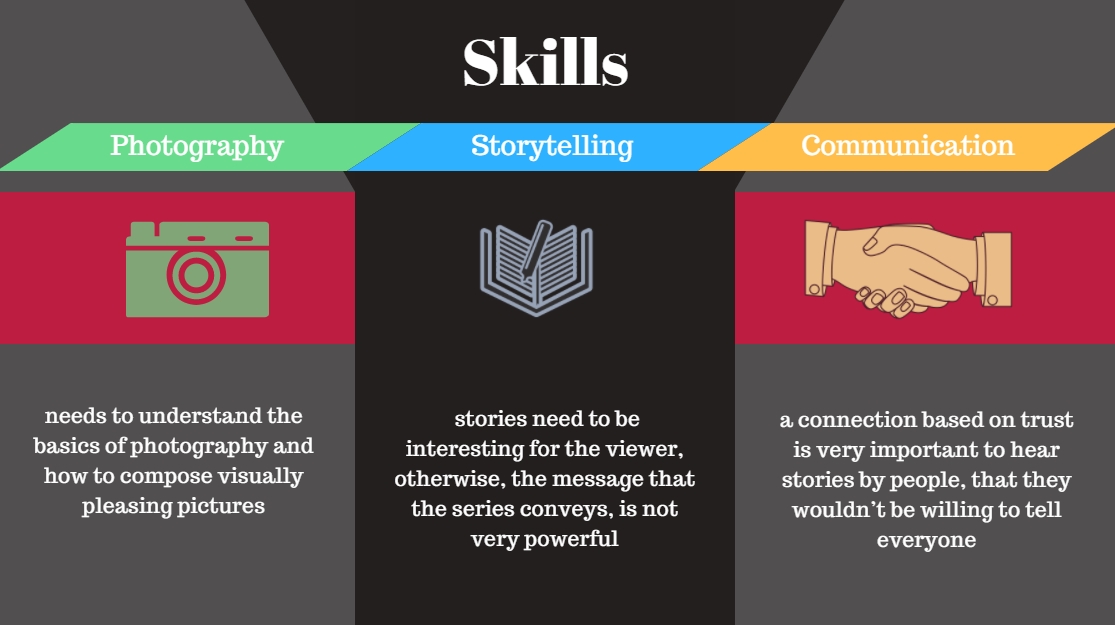
Photography
A Photojournalist first and foremost needs to be a good photographer. He does need to understand the basics of photography and how to compose visually pleasing pictures. In terms of photography, he also has to be able to work under pressure.
Photojournalism, in general, is a candid genre, which doesn’t allow him to arrange scenes. This means, that he has to capture the scene at the first time and he has to be quick, as the moment may fleet very fast.
Apart from photography, a photojournalist needs other skills for his profession.
Remember, that the photojournalist is a visual storyteller.
Photographs are only one part of the story.
Storytelling
A photojournalist needs to be a good storyteller as well. It doesn’t matter if he acquires this skill through writing, or solely by photographing. But he needs to be able to get shots, that are able to tell a story, as well as being able to arrange them so that the story is interesting for the viewer.
Although photojournalism, doesn’t need to be entertaining in the way, fictional stories could be told, and are more used to inform the viewer, they should be interesting as well.
Photojournalistic stories need to be interesting for the viewer, otherwise, the message that the series conveys, is not very powerful.
A photojournalist needs to be able to tell an interesting story through his photographs and storytelling is one important skill to acquire.

Communication
The third important aspect would be his communication skills.
Although pictures don’t speak, the subjects do.
Establishing a connection based on trust is very important to hear stories by people, that they wouldn’t be willing to tell everyone. A photojournalist needs to have good communication skills so that he is able to create an atmosphere of trust very quickly.
The communication is not done verbally most of the time but mostly based on body language and actions. A photojournalist needs to be calm in all situations and be non-threating.
Especially when visiting conflict zones, it is crucial to building up trust with the people to gain access to the frontlines, or places that should be hidden from the enemy.
Personality Traits of a Photojournalist
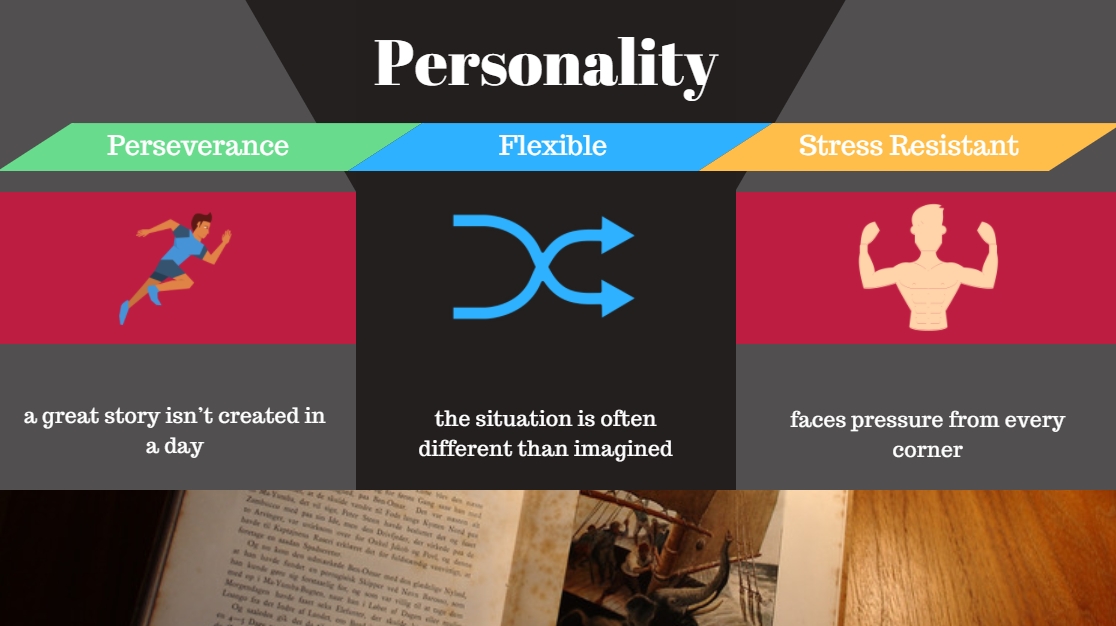
Photography and storytelling are the bread & butter of a photojournalist. Those are the main skills that he needs in his work life.
In addition to that, a photojournalist needs to have a special character and mental strength for his work.
Although a lot of photographers would dream of being a photojournalist, traveling the world and telling those stories, only a few are strong enough and have the right mindset to be successful in their work.
Perseverance
A great story isn’t created in a day. A photojournalist needs to be persistent and work the scene, for a long time and very thoroughly in order to get all the photographs that are crucial to telling a good story.
Often times, the situation on location is much different than expected and plans don’t work out as imagined. A photojournalist needs to be able to adapt and still be motivated, to get at least the best story the place has to offer.
Flexible
Because the situation often is different than imagined and the story cannot be created as expected, a photojournalist needs to be able to be flexible.
Often times, the photojournalist has some kind of story in mind when traveling to foreign places. Maybe he even has the different story twists and turns already in mind and when he arrives at the scene, he realizes that he can’t create the story he had in mind before.
Then he needs to be able to come up with an alternative on the spot.
In general, the work of a photojournalist is very unsteady.
Be it from the story points, the traveling or even the income.
A photojournalist needs to be comfortable to live under those unsteady conditions, otherwise, he won’t lead a happy life.
Stress Resistant
The most important mental strain of being a photojournalist would be the stress he faces on a daily level.
He faces pressure from every corner. Agencies have deadlines to meet and when the next project needs to be finished. The photojournalist also has the goal to create the best series possible in the needed time and doesn’t want to deliver a project that doesn’t meet his own standards.
This is the stress he faces in long-term projects.
On a daily bases, there are also uncountable of factors, that can be stressful.
Traveling is not always the most pleasant activity when catching flights can be difficult or sleeping overnight at the airport.
Becoming Successful as a Photojournalist
The work of a photojournalist is very diversified.
To become successful, he has to put in a lot of work in all different kinds of fields.
Let’s start with the basis of becoming a successful photojournalist.
Do You need a photojournalism degree?
There are universities that are offering a complete photojournalism degree. Such a program usually needs 4 years to completion and can be very helpful when seeking a career as a photojournalist.
I have written more detailed about the benefits of a photojournalism degree in this article.
The baseline is, if You are a young photographer without a portfolio and not much work coming up, then the time invested in getting a formal degree is very worth it. Much more than developing the necessary skills, You also build up a network which is crucial in finding assignments.
If You are already somewhat established as a photographer, have worked in different fields and are already experienced with paid jobs, then getting a degree may not be worth it. Rather than studying, You should try to build up a portfolio on Your own. Use the money that You earn and invest it in Your photojournalism career.
The degree doesn’t matter much, what is more, important is the work and the stories that You are able to deliver. If Your projects are strong enough, a photojournalism degree is not needed.
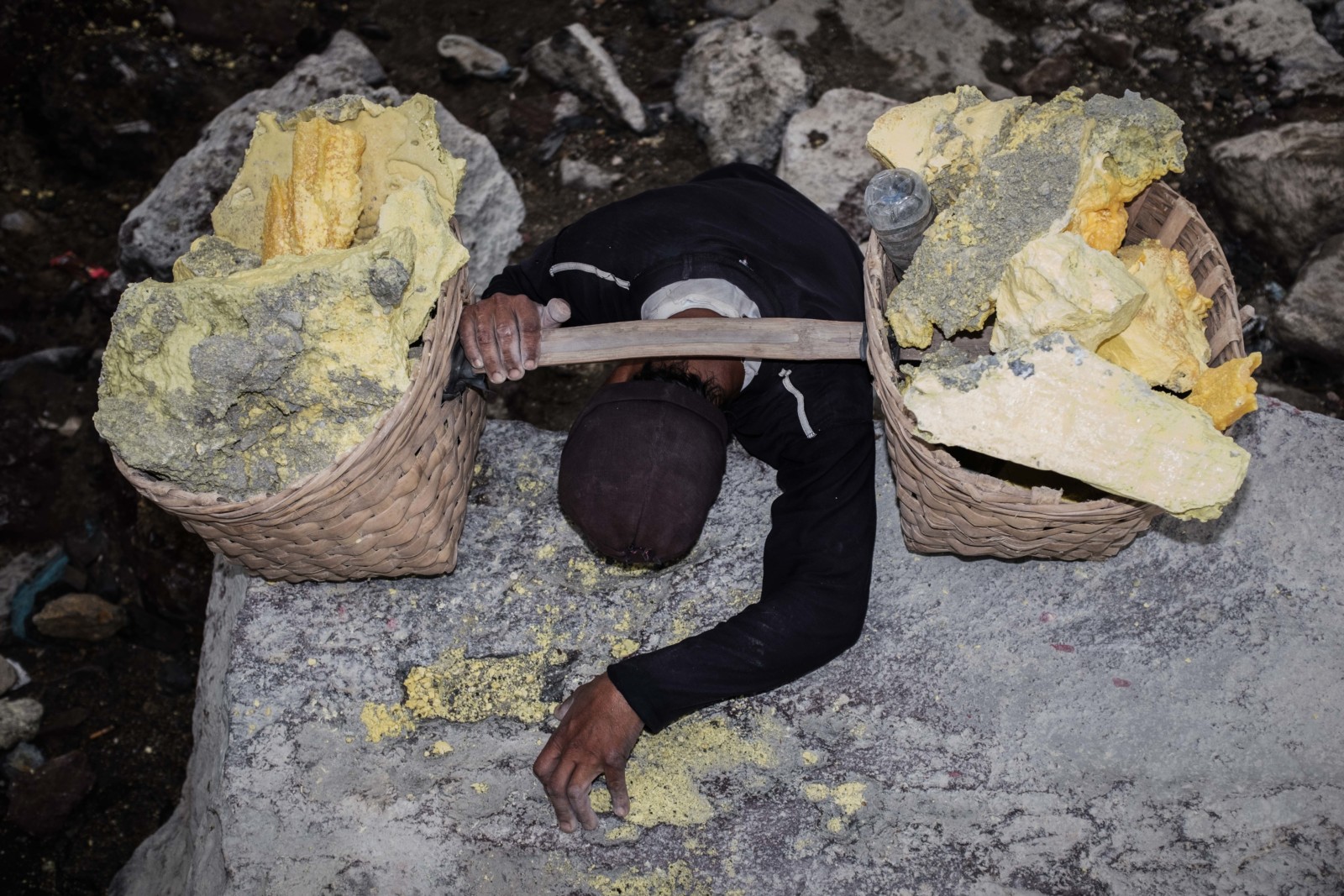
Market Yourself
We live in a time where followers and influence pay a lot of money. A photojournalist can be more than a simple photographer itself.
Of course, Your work should be standing on its own merit and be the main selling point, but it doesn’t hurt if You also know how to market Yourself.
As a photojournalist, it can be very beneficial to have a social media presence and a blog as well. Through these different channels, You are able to show Your work and also monetize Your travel.
If You are very successful in attracting an audience to Your work, You are also able to self-publish Your books and projects and aren’t dependent on newspapers or agencies to send You on assignments.
Be Curious
In order to tell interesting stories, You should be excited and eager to find those unique stories and show them to the world.
A photojournalist who has no passion for his work will have a very hard time to stay motivated and get out to capture those needed photographs.
Photojournalism isn’t a typical 5 to 9 job where You can force Yourself in the office in the morning and somehow survive the day.
You have to be passionate about photography and curious to travel to interesting places and tell the stories of the people. Without that natural curiosity, You will burn out very quickly and probably should find another job or photography genre.
Persistence
Alongside the natural curiosity should also be the persistence in Your pursuit of becoming a photojournalist.
With the rise of mobile phones and the flooding of pictures in all different kind of media, the profession of the photojournalist has shifted and is a little different than a few decades ago.
The duty is not only to document simple events but to tell amazing stories and do it better than everyone else.
It can take some time, to grow the personal skill, built a portfolio and receiving assignments that are well paid.
As a photojournalist, there will be times of hardship and struggle, but that shouldn’t keep anyone away from following their dreams.
